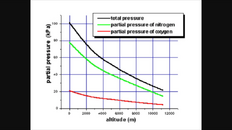As far as staying on the loop...I was taught "When in doubt, bail out!" The instructors I have had the good fortune to learn from are beyond reproach IMO, and those words are with me on every dive.
It would be interesting to see the remaining tank pressures and what gasses were available to the divers at the time of the accident. Did they have 50% bailout or 100% deco gas available in the water? Was this a case of "didn't know what he didn't know" or was it something else?
It would be interesting to see the remaining tank pressures and what gasses were available to the divers at the time of the accident. Did they have 50% bailout or 100% deco gas available in the water? Was this a case of "didn't know what he didn't know" or was it something else?






